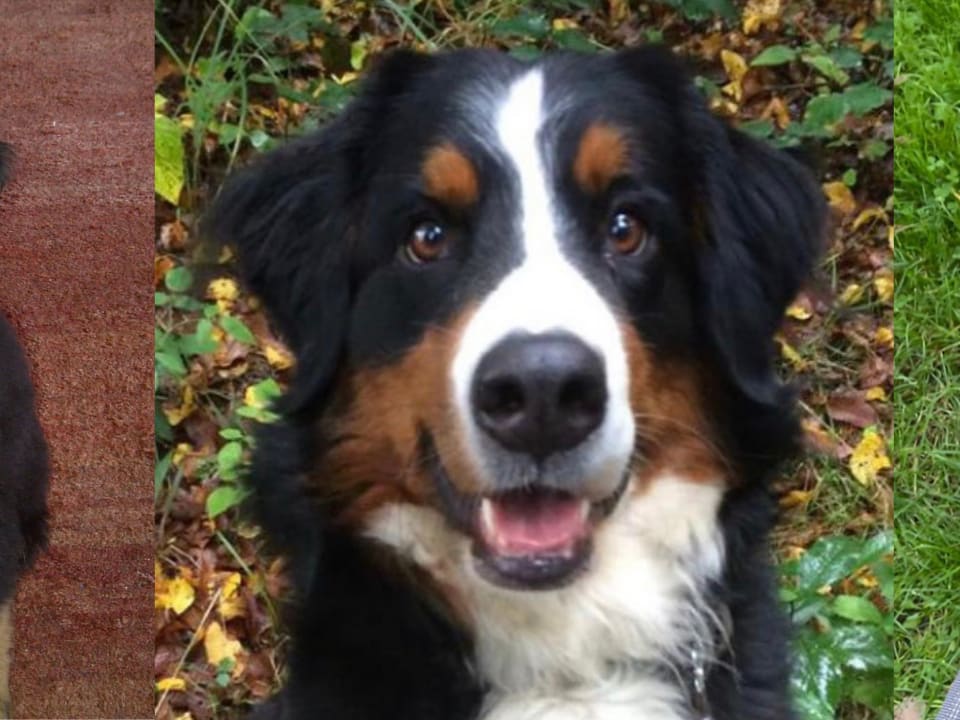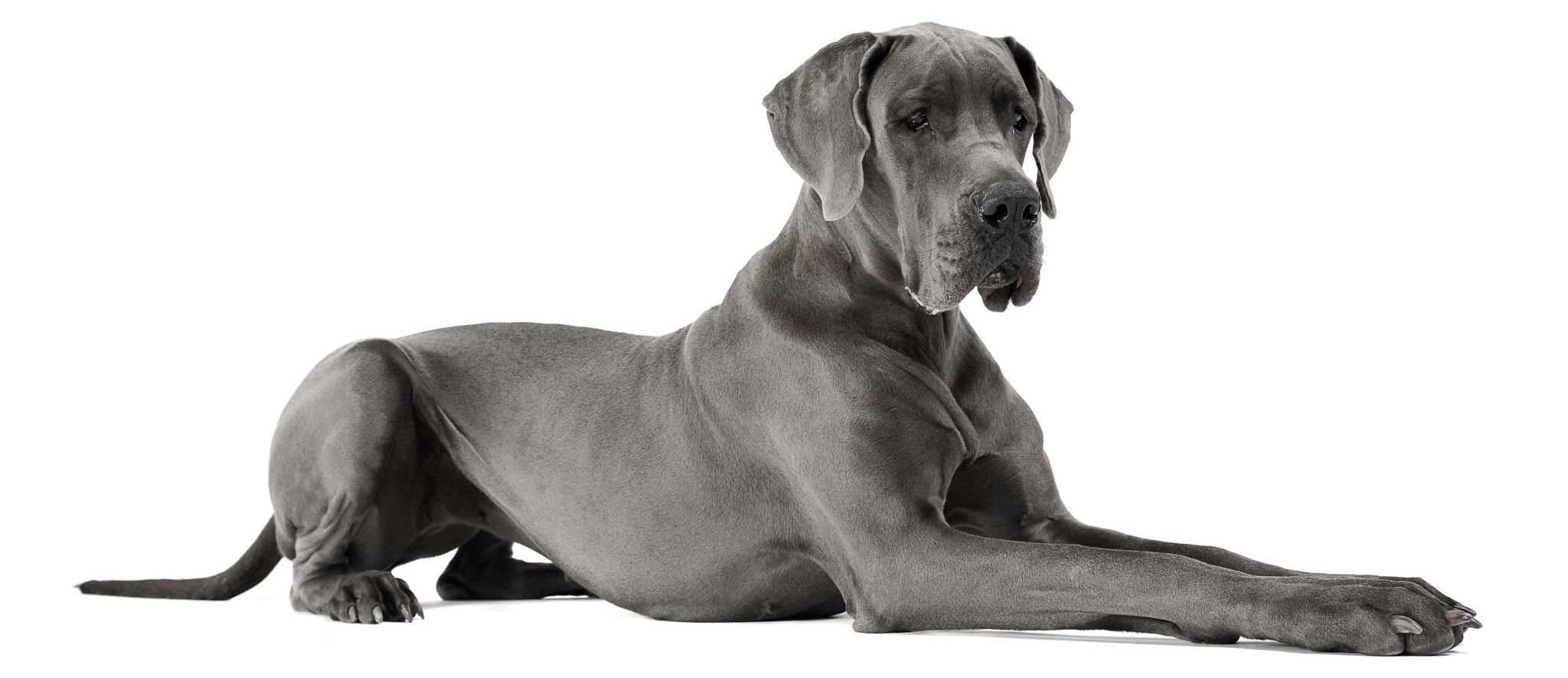Did you just welcome a Siberian Husky into your home? Are you thinking about it? Either way, you’ve come to the right place! Whether you’ve adopted a puppy or an older dog, we have the information you need to properly train and care for him or her. This guide to Siberian Huskies was compiled with new dog owners in mind, but we also have tips and tricks for those who are seasoned fur parents, breeders, or those who are simply new to this breed.
Your guide to Siberian Huskies

The Siberian Husky is loyal, outgoing and mischievous, according to the American Kennel Club (AKC). This breed is known for several distinctive characteristics including their howl and either brown or blue eyes.
“The Siberian Husky, a thickly coated, compact sled dog of medium size and great endurance, was developed to work in packs, pulling light loads at moderate speeds over vast frozen expanses. Sibes are friendly, fastidious, and dignified,” the AKC reported.
You can adopt a Siberian Husky at an animal shelter or find a breeder. It’s important to look for breeders that can provide detailed health records of their puppies (and parents!) as well as genetic testing for health conditions. The Orthopedic Foundation for Animals (OFA) and their Canine Health Information Center (CHIC) maintains a voluntary database of Siberian Huskies and their health screening results.
Fun facts
Here are some fun facts about Siberian Huskies, according to the AKC:
- Siberian Huskies are thought to have been developed by the Chukchi people of northeastern Asia as a sled dog
- This breed served in the Army’s Arctic Search & Rescue Unit of the Air Transport Command during WWII
- Huskies gained popularity when they started winning sled races in the early 1900s
- Some refer to Siberian Huskies as Sibes or Huskies for short
- Embark’s first discovery identified a mutation that gives Siberian Huskies their blue eye color, click here to read more
Physical characteristics
Siberian Huskies typically stand at about 20 to 23.5 inches at the shoulder and weigh between 35 and 60 pounds.
“Quick and nimble-footed, Siberians are known for their powerful but seemingly effortless gait. Tipping the scales at no more than 60 pounds, they are noticeably smaller and lighter than their burly cousin, the Alaskan Malamute,” the AKC reported.
Bringing your new Siberian Husky home
It doesn’t matter how old your new furry family member is when you bring him or her home, because everything will still be new to your pup! Be sure that your house is fairly quiet so your pooch can get used to his or her surroundings without any anxiety; you were both probably a bit nervous about the change anyway. You want your pup to explore and learn about your family, according to puppyintraining.com.
Did you name your dog yet? Teaching your pup his or her name should be one of the first things you do. It’s easy, just continuously refer to the pup as Roxy or Sparky or whatever the name may be. What’s not so easy is training the pup. You may want to get help with this by enrolling your new Siberian Husky in a training group or get your own personal trainer. This will help get your puppy going to the bathroom in the right places, keep him or her from eating your favorite shoes, stop excessive barking or whining, and much more.
Nutrition
A balanced diet is vital to your dog’s growth and health, according to the ASPCA, and portion control is key.
“Feeding a high-quality dog food is essential for the Siberian’s healthy skin and coat. Adjustments in the level of protein in the food is required for the working Siberian, based on the level of activity,” the AKC reported. “In the summer months, a lower protein level may be appropriate, around 20 percent, while a dog working in harness in wintertime may need 32 percent protein. Monitor each individual Siberian, and adjust the amount and type of food as required. Be careful not to overfeed.”
You should also keep in mind that a dog’s diet should change as they grow. A puppy should have a different diet than an adult dog or senior dog, and senior dogs should have a different diet than adult dogs.
The best thing you can do for your pup when it comes to diet is talk to your veterinarian about a meal plan.
Playtime

Siberian Huskies are athletic dogs and need a lot of exercise. These dogs are happiest when they have a job or activity to perform. Daily walks or runs are great for Huskies, perhaps one of the best things you can do for them; they’d also do well in a playgroup.
Huskies will love to play fetch, tug-of-war, or frisbee. You can even play hide and seek with a treat or create a DIY agility course in your yard.
Grooming
The Siberian Husky is an easy dog to groom as they are considered a “natural” breed and are self-cleaning. Brushing them weekly will keep their coat and skin in great condition.
“The undercoat is shed twice a year, and it is important to continually ‘rake out’ the old coat, using a pin brush and metal comb. Pay close attention to the length of the nails, and keep them trimmed to prevent any foot problems,” the AKC reported.
Health & aging
Do you know your pup’s birthday? Never miss a celebration with your four-legged friend! And keep in mind that you’ll need to care for him or her differently as your pup ages.
The Siberian Husky is a relatively healthy breed and has a lifespan of about 12 years, according to VetStreet.com. Your dog is considered a senior pup after turning 8. Make sure you’ve had your pup tested with Embark so you’re armed with as much information as possible to ensure your dog is healthy and to sidestep any preventable disease that may come your way.
An Embark Dog DNA Test looks at the following health conditions in Siberian Huskies:
Thanks for Embarking with us! Click here to get your pup’s kit today!














